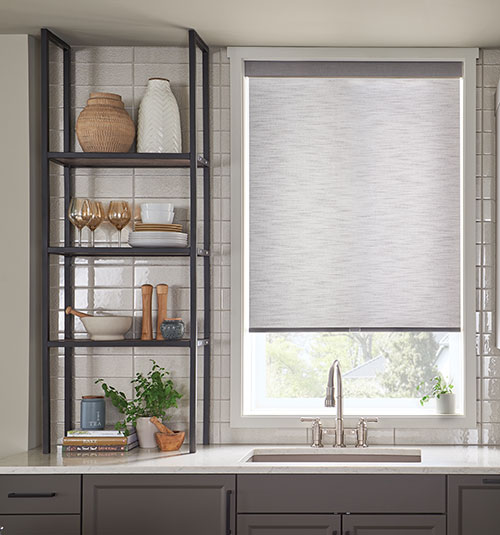Marcel 23 1/2″ High Pompeii Bronze 2-Light Wall Sconce – #45H45 | Lamps Plus
Topped with two hardback cotton cone-shaped shades, the Marcel wall sconce by Troy Lighting has a circular backplate with a bronze finish.
Topped with two hardback cotton cone-shaped shades, the Marcel wall sconce by Troy Lighting has a circular backplate with a bronze finish.
Additional Info:
The bronze finish on the framework of the Marcel wall sconce by Troy Lighting lends a classic touch to a transitional design. Cone-shaped hardback cotton shades are mounted offers a warm glow. This radiant, two-light piece will flatter your hallway with its simple elegance.
- 23 1/2″ high x 15″ wide. Shades are 4 3/4″ wide at the bottom x 8″ high. Extends 8″ from the wall. Backplate is 5 1/2″ wide. Weighs 2.43 lbs.
- Takes two maximum 40 watt candelabra base bulbs (not included).
- Marcel two-light wall sconce by Troy Lighting.
- Twin arm design with the lights set on different levels.
- Hand-worked iron construction. Pompeii bronze finish. Off-white hardback cotton shades.




Reviews
There are no reviews yet.